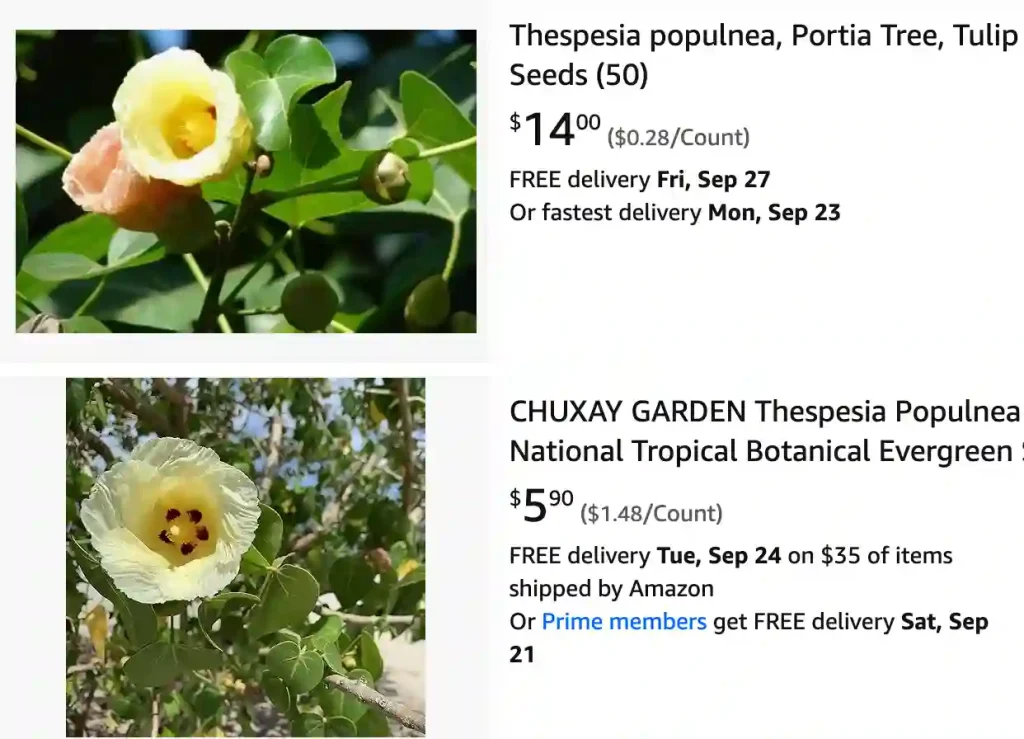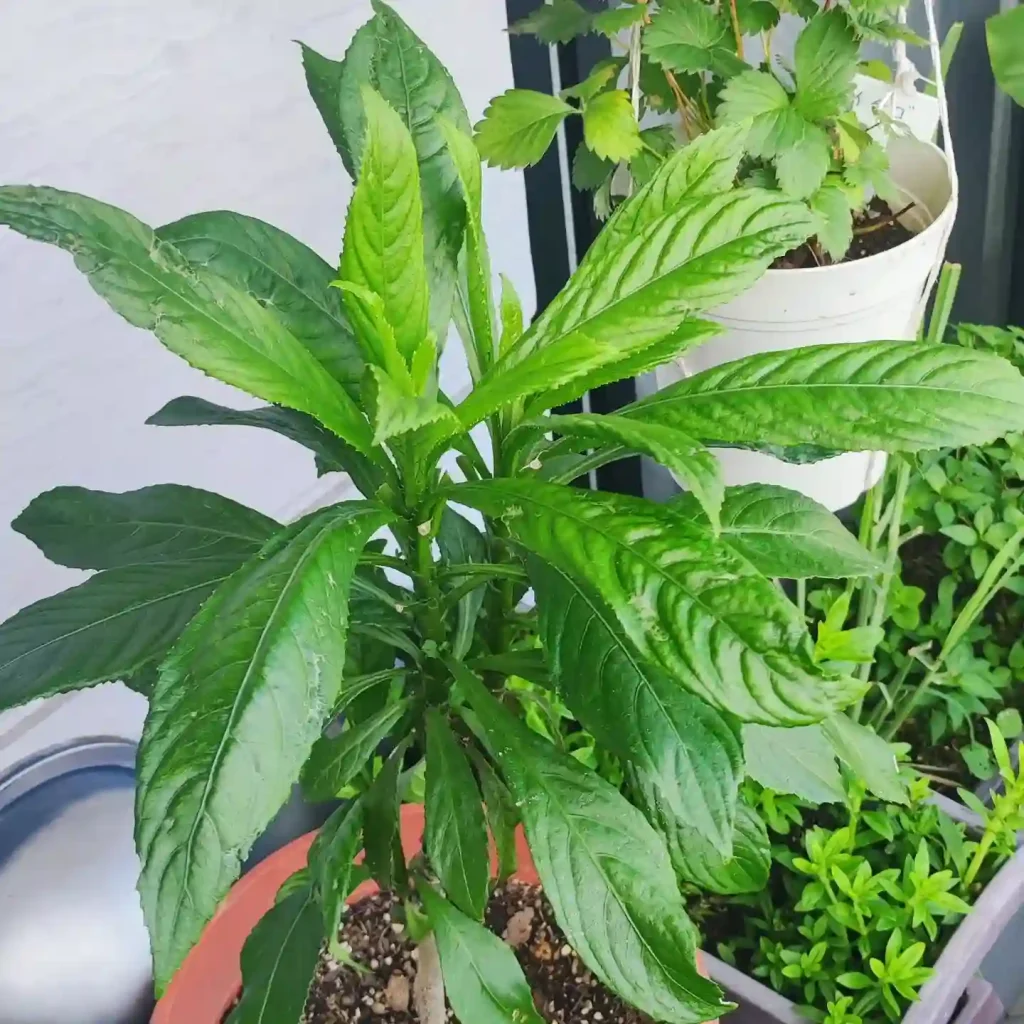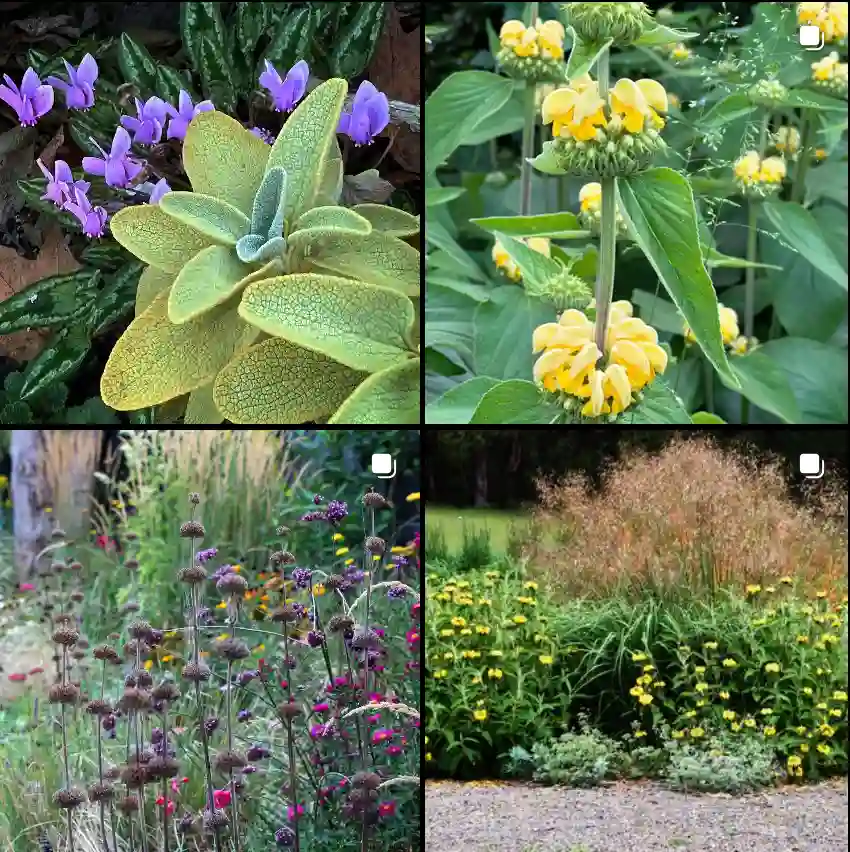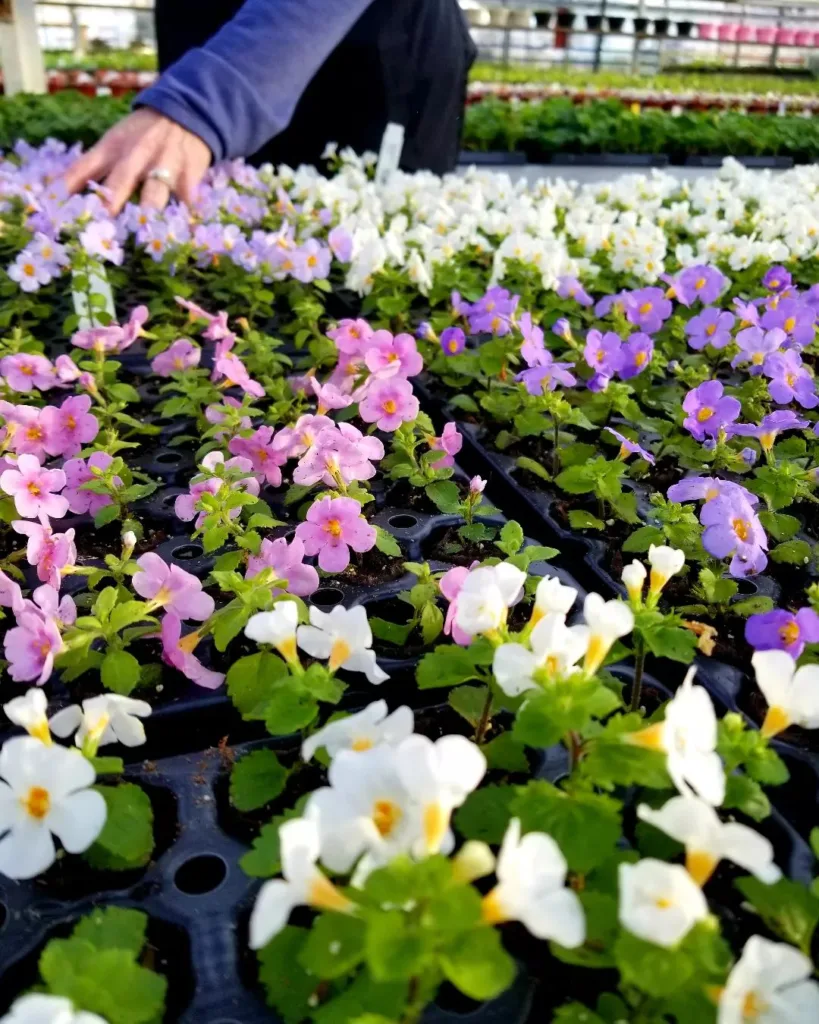
Frequently Asked Questions About Thespesia Populnea
As someone who’s spent a fair amount of time studying various plants, I’ve found that Thespesia Populnea, commonly known as the Portia Tree or Mellow Apple, often sparks curiosity. Here’s a comprehensive guide addressing the most frequently asked questions about this fascinating plant.
What is Thespesia Populnea?
Thespesia Populnea is a tropical and subtropical tree belong to the Malvaceae family, native to the Indian Ocean region, including parts of Australia, India, and Southeast Asia. Known for its striking, large, funnel-shaped flowers, the plant can grow up to 15-25 feet tall in optimal conditions. The leaves are heart-shaped and glossy, contributing to the plant’s overall aesthetic appeal.
Plant Family: 246 Genera in Malvaceae
How to Care for Thespesia Populnea?
Caring for Thespesia Populnea requires some specific considerations to ensure it thrives:
- Light: This tree loves bright, direct sunlight. Ideally, place it in a sunny spot where it can get plenty of light throughout the day.
- Soil: The Portia Tree prefers well-drained soil. Sandy loam or clayey soil with good drainage works best. It’s crucial to avoid waterlogging, as this can lead to root rot.
- Watering: Regular watering is essential, especially during dry periods. However, be cautious not to overwater. Allow the topsoil to dry out between watering sessions.
- Temperature: Being a tropical plant, it thrives in warm climates. It’s sensitive to frost and should be protected from temperatures below 50°F (10°C). In cooler climates, it can be grown in pots and brought indoors during winter.
- Fertilization: Feed the plant with a balanced fertilizer during the growing season (spring and summer) to encourage healthy growth and vibrant flowers.
How to Propagate Thespesia Populnea?
Propagating Thespesia Populnea can be achieved through both seeds and cuttings:
- From Seeds: Collect seeds from mature fruit. Soak them in water for 24 hours before planting to improve germination rates. Plant seeds in a well-draining potting mix and keep them warm and moist. Germination usually takes a few weeks.
- From Cuttings: Take semi-hardwood cuttings during the growing season. Dip the cut end in rooting hormone and plant in a pot with a suitable rooting medium. Keep the cuttings in a warm, humid environment until roots develop.
What to Plant With Thespesia Populnea?
Thespesia Populnea pairs well with various companion plants. Consider these options for a complementary garden:
- Hibiscus: The vibrant flowers of hibiscus can enhance the tropical look of your garden.
- Bird of Paradise: This plant’s bold, dramatic leaves and flowers create a striking contrast with the Portia Tree.
- Ferns: Their lush, green foliage adds texture and a natural feel to the garden setting.
Is Thespesia Populnea Toxic?
Thespesia Populnea is not known to be toxic to humans or animals. However, as with many plants, it’s a good idea to avoid ingesting any part of the plant. Keep an eye on pets and small children to prevent them from chewing on leaves or flowers.
Benefits of Growing Thespesia Populnea
Growing Thespesia Populnea offers several benefits:
- Aesthetic Appeal: Its large, showy flowers and glossy leaves make it a striking focal point in gardens and landscapes.
- Shade Provider: The dense canopy provides excellent shade, making it ideal for creating cool spots in hot climates.
- Low Maintenance: Once established, it requires minimal care, making it suitable for busy gardeners.
Common Problems with Thespesia Populnea
While Thespesia Populnea is relatively hardy, it can face a few issues:
- Pests: Watch out for common pests like aphids and spider mites. Regular inspection and appropriate insecticides can help manage these problems.
- Leaf Drop: This can occur due to sudden changes in temperature or improper watering. Ensure consistent care to minimize leaf drop.
- Fungal Diseases: In overly humid conditions, fungal infections like powdery mildew can appear. Improve air circulation and avoid overhead watering to prevent these issues.
Compare Thespesia Populnea with Similar Plants
If you’re considering Thespesia Populnea, you might also be interested in similar plants:
- Hibiscus: While Hibiscus also features striking flowers, it differs in growth habits and flower shapes. Thespesia Populnea is a tree, whereas Hibiscus is often a shrub or small tree.
- Plumeria: Known for its fragrant flowers, Plumeria offers a different aesthetic and growth pattern compared to Thespesia Populnea’s larger, less fragrant blooms.
In conclusion, Thespesia Populnea is a versatile and beautiful addition to tropical and subtropical gardens. With the right care and conditions, it can flourish and provide both visual and practical benefits. Whether you’re looking to add a touch of the tropics to your landscape or simply enjoy its stunning flowers, this tree is worth considering.
If i die, water my plants!



